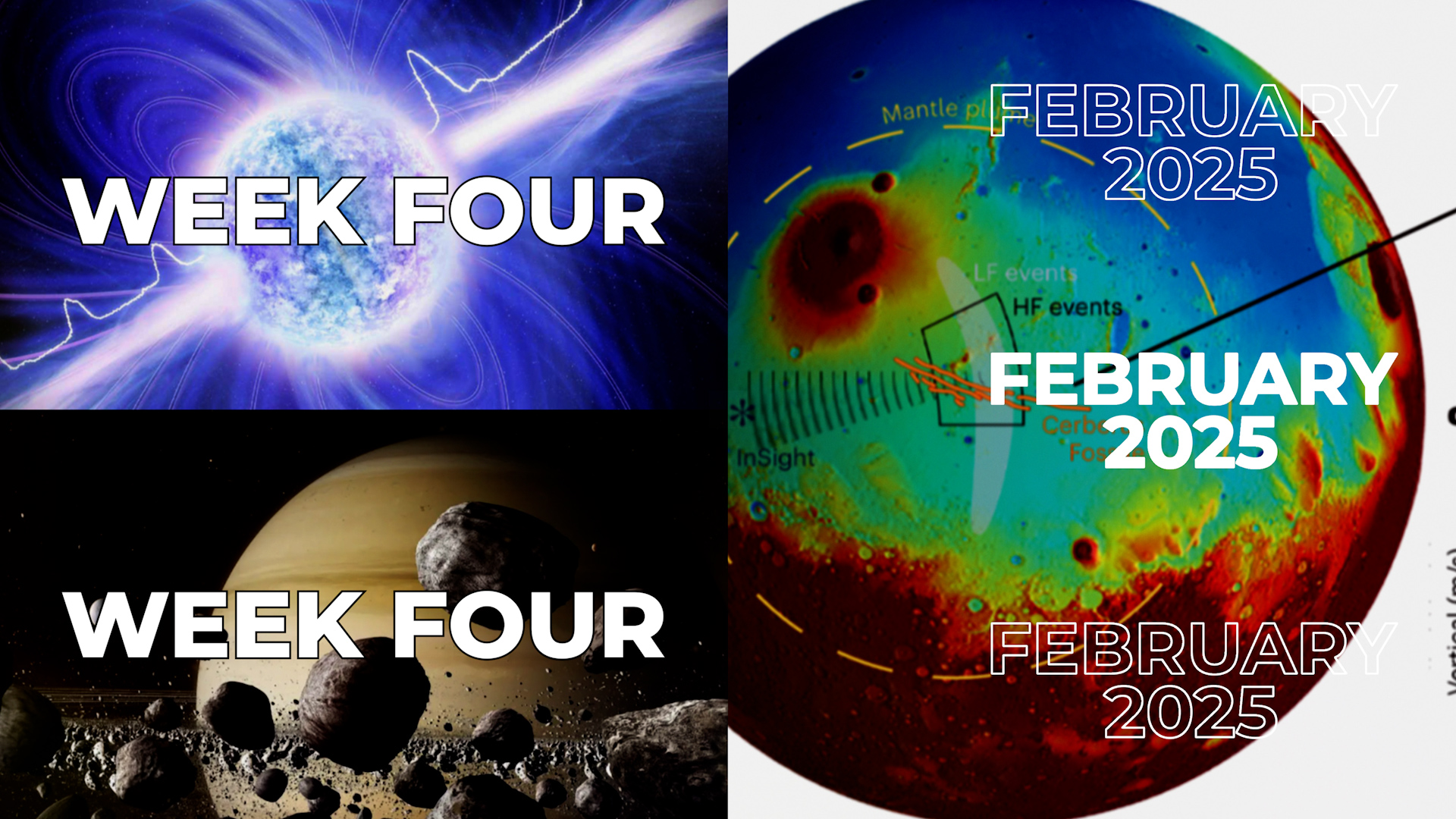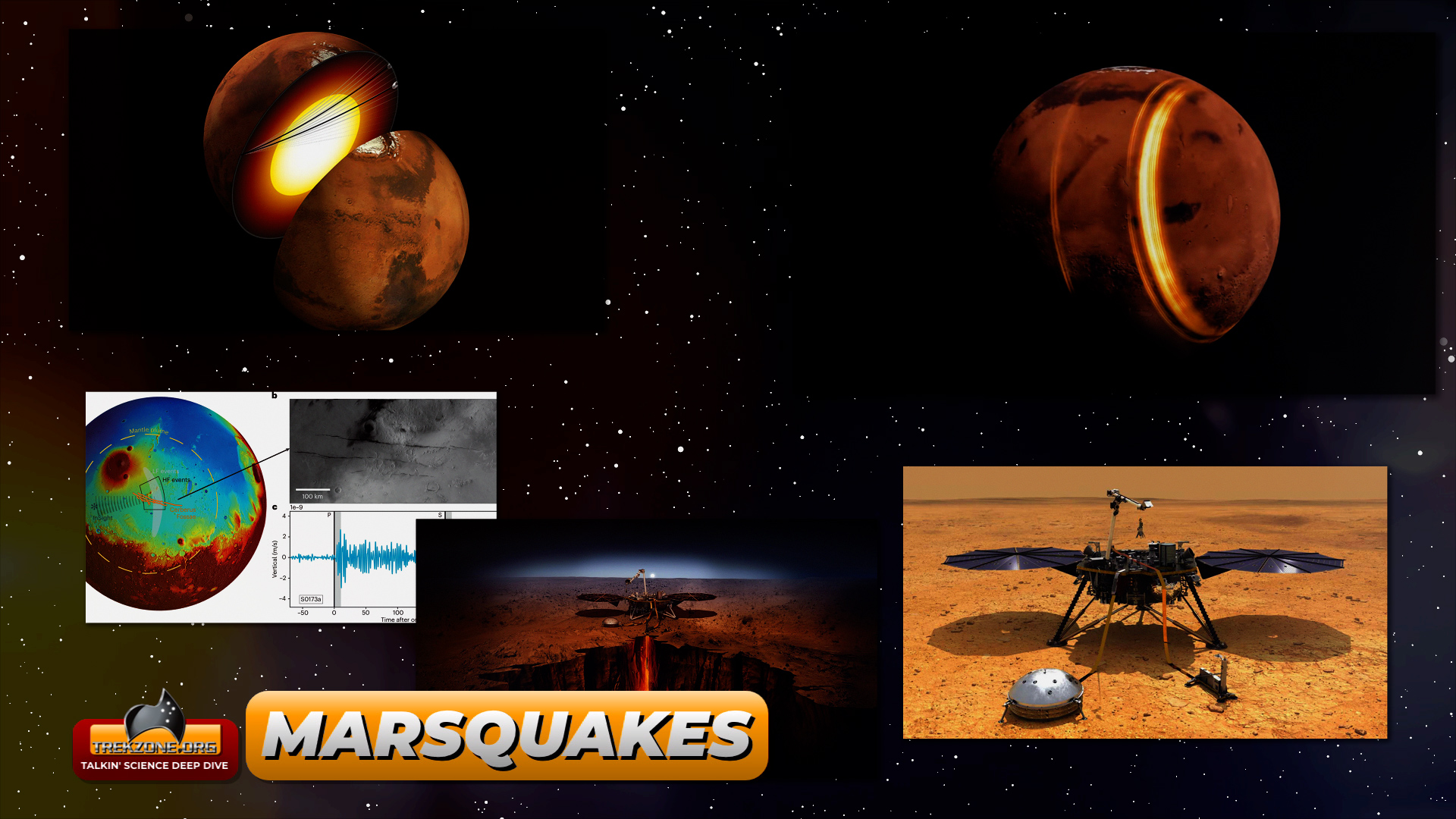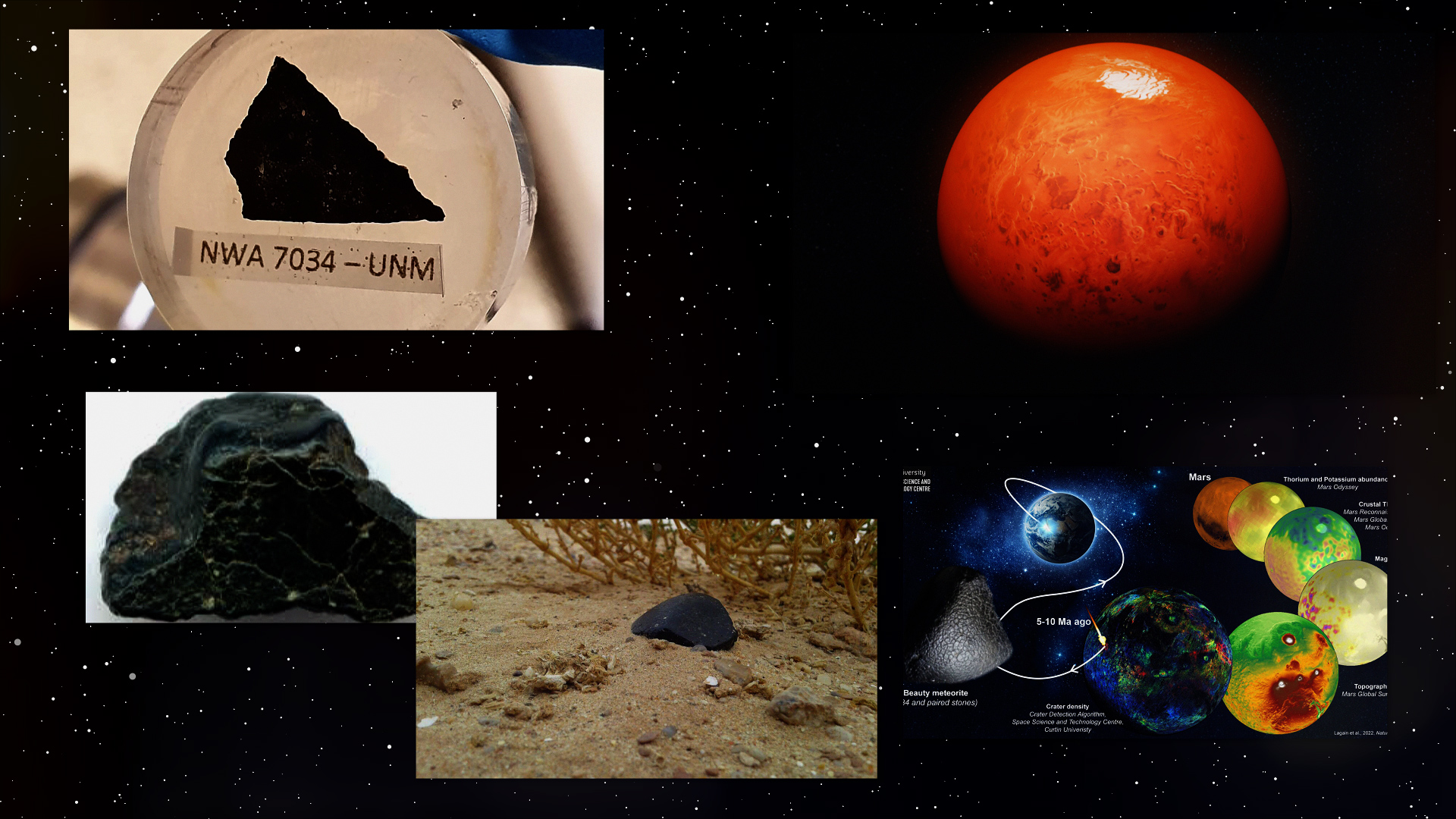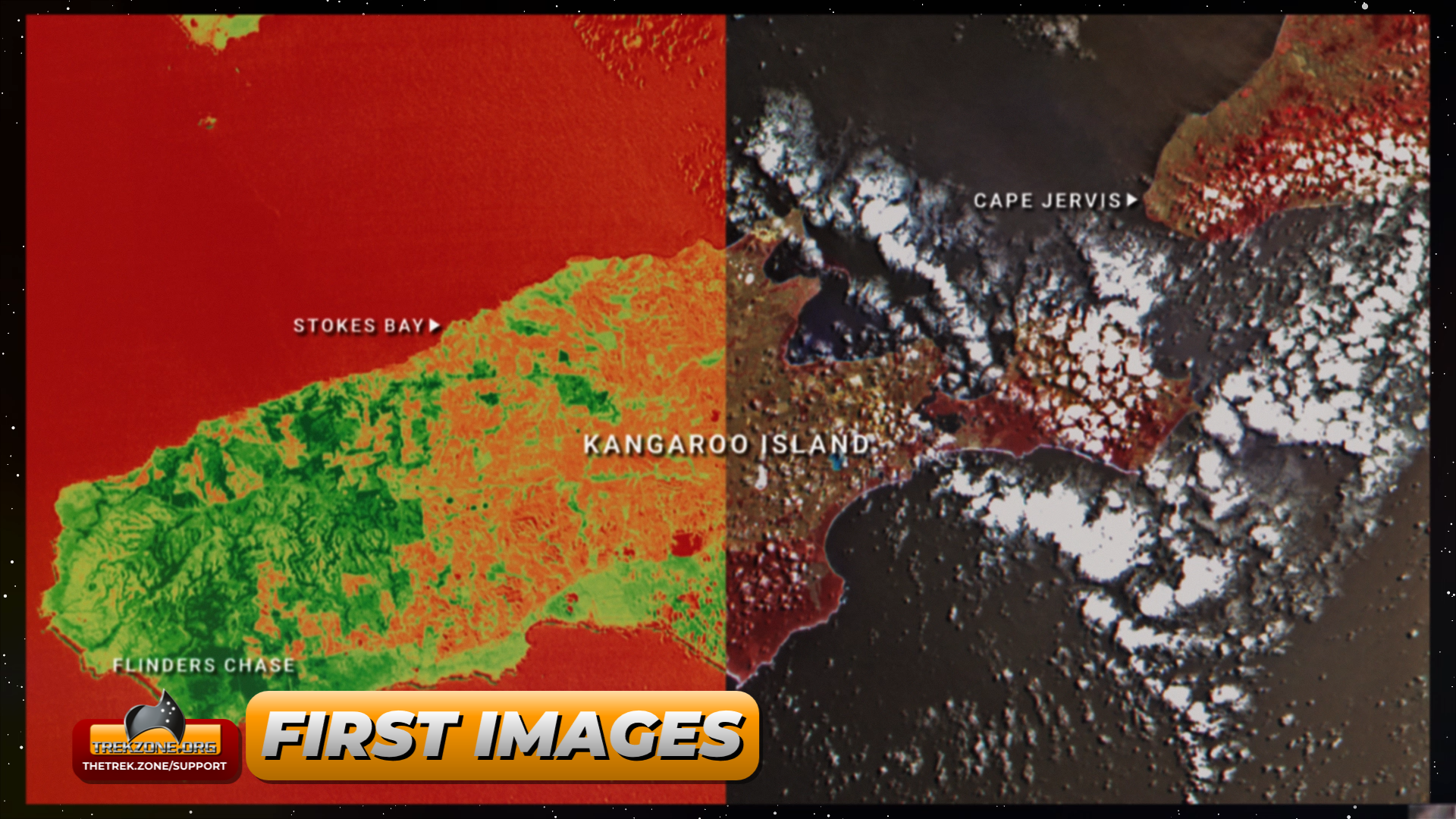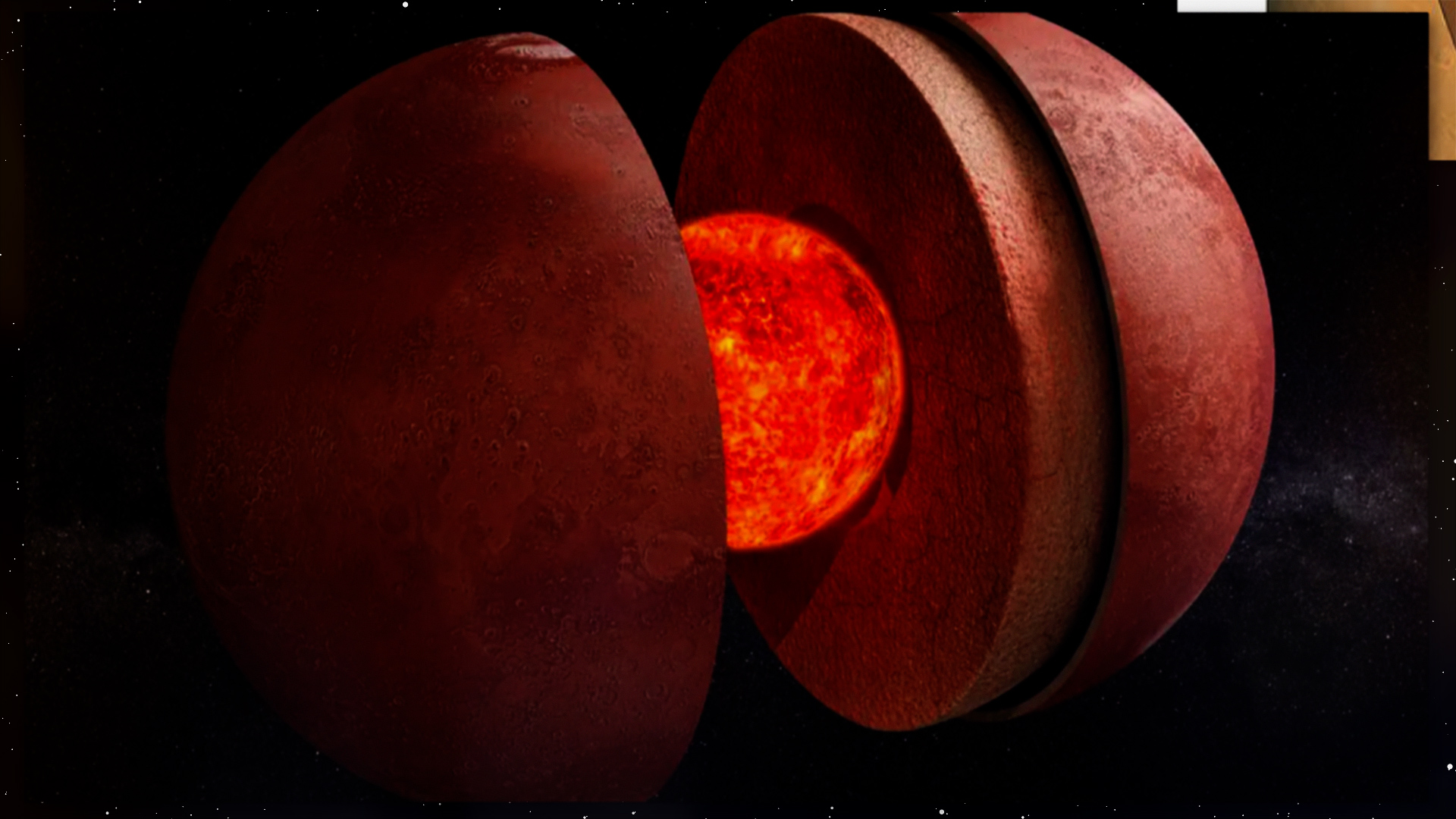After lifting off atop Rocket Lab’s Electron rocket from the company’s Launch Complex 1 in New Zealand at 7:41 p.m. local time on Saturday.
The agency’s PREFIRE – or Polar Radiant Energy in the Far-InfraRed Experiment – mission consists of two shoebox-size CubeSats that will measure the amount of heat Earth radiates into space from two of the coldest, most remote regions on the planet. Data from the PREFIRE mission will help researchers better predict how Earth’s ice, seas, and weather will change in a warming world.
At the heart of the mission is Earth’s energy budget – the balance between incoming heat energy from the Sun and the outgoing heat given off by the planet. The difference between the two is what determines the planet’s temperature and climate. A lot of the heat radiated from the Arctic and Antarctic is emitted as far-infrared radiation, but there is currently no detailed measurement of this type of energy.
The water vapor content of the atmosphere, along with the presence, structure, and composition of clouds, influences the amount of far-infrared radiation that escapes into space with data collected from PREFIRE aiming to give researchers information on where and when that energy radiates.




